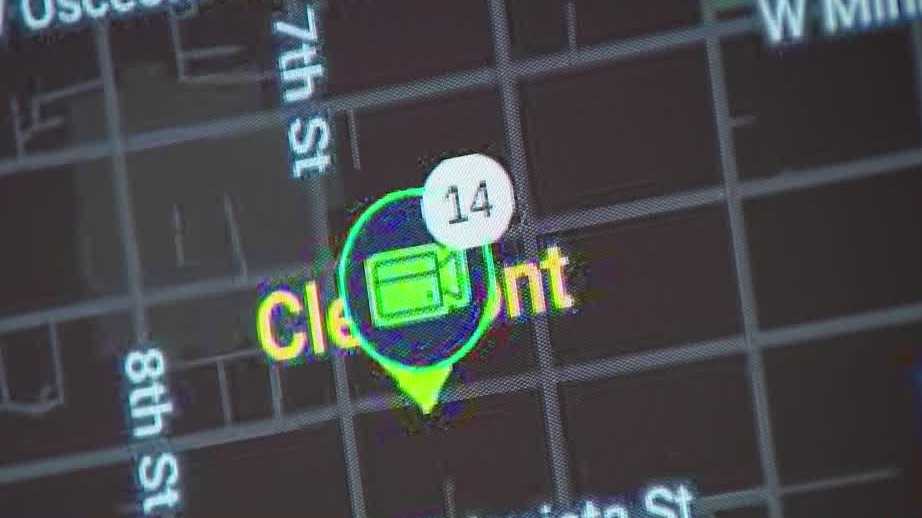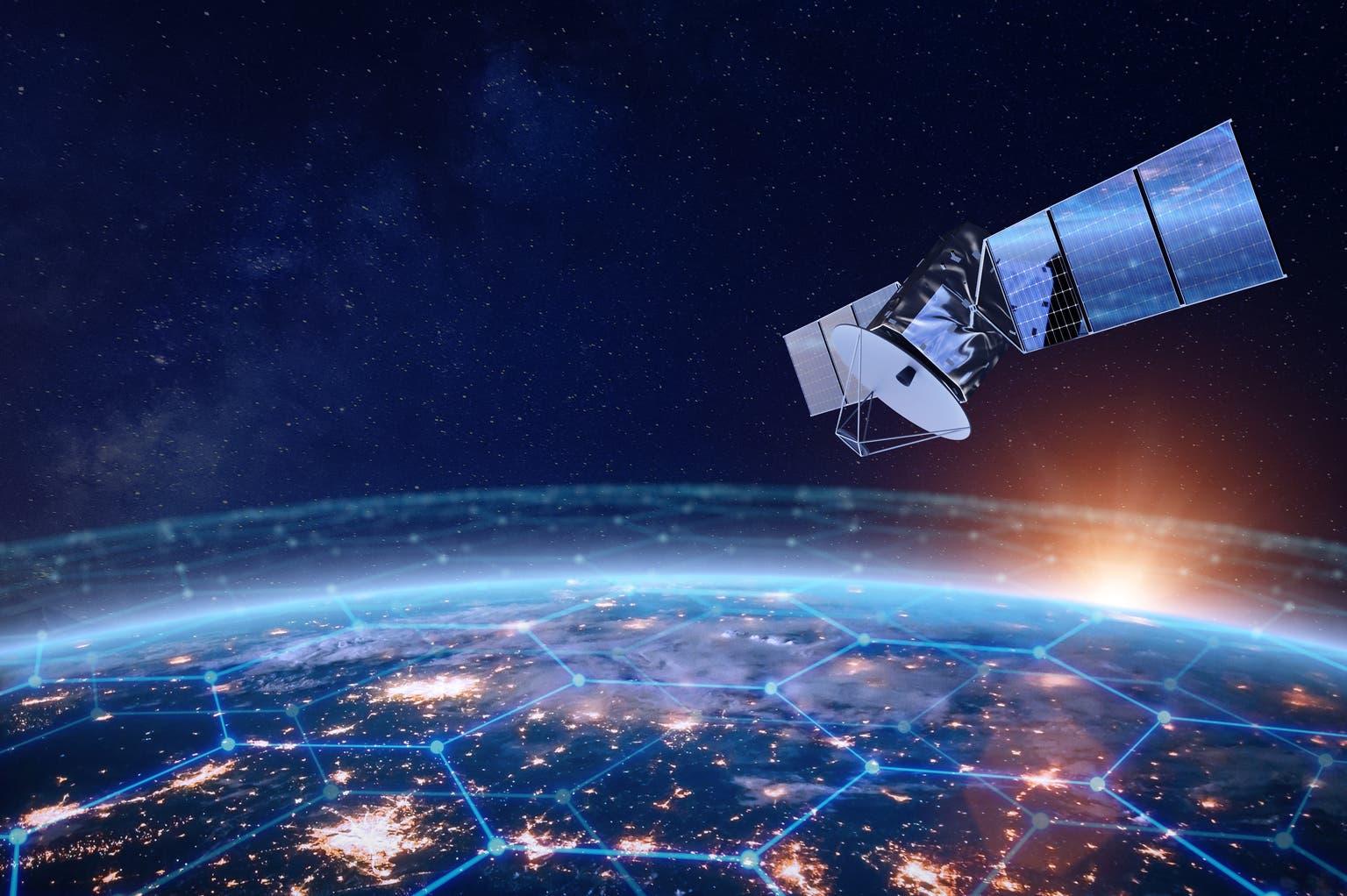US Border Patrol Eyes 'Through-Wall' Radar Technology in Major Surveillance Upgrade

The US Customs and Border Protection (CBP) is exploring cutting-edge surveillance technology, including advanced radar systems capable of 'seeing through walls,' as part of a significant expansion of its border security capabilities. This move comes following the recent signing of a budget bill by President Donald Trump, allocating over $165 billion specifically for immigration enforcement.
The CBP's request for proposals (RFP) outlines a need for technology that can detect and track individuals and vehicles even when obscured by barriers like walls, fences, and buildings. This includes both stationary and mobile systems, indicating a desire for comprehensive coverage across the US-Mexico border and other areas of concern.
Why the Shift Towards 'Through-Wall' Radar?
Traditional surveillance methods, such as cameras and drones, have limitations when it comes to detecting activity behind obstacles. 'Through-wall' radar technology uses radio waves to penetrate solid structures, creating an image of what's on the other side. While the technology isn't perfect – image resolution can be affected by the material and thickness of the barrier – it offers a potentially valuable tool for border agents.
The Technology Involved: More Than Just Radar
The CBP's RFP isn’t solely focused on radar. It also mentions interest in other advanced sensing technologies, including:
- Ground Penetrating Radar (GPR): This technique can detect underground tunnels and hidden compartments.
- Passive Acoustic Sensors: These sensors can detect sounds like footsteps or vehicle movement, providing an early warning system.
- Thermal Imaging: Detects heat signatures, useful for identifying individuals or vehicles at night or in obscured conditions.
The combination of these technologies aims to create a layered surveillance system, maximizing the chances of detecting and responding to potential threats.
Controversies and Concerns
The implementation of such advanced surveillance technology has raised concerns among privacy advocates. Questions are being asked about the potential for misuse, the accuracy of the technology, and the impact on the civil liberties of individuals living near the border. The CBP has stated that it is committed to using the technology responsibly and in accordance with legal guidelines, but the debate is likely to continue.
The Budgetary Impact and Future of Border Security
The $165 billion earmarked for immigration enforcement represents a significant investment in border security. Beyond 'through-wall' radar, this funding will likely be used to expand infrastructure, increase personnel, and deploy other advanced technologies. This signals a continued emphasis on stricter border control measures under the current administration.
Looking Ahead
The CBP’s pursuit of 'through-wall' radar technology marks a new chapter in border surveillance. As the technology matures and becomes more affordable, it is likely to become increasingly prevalent in border security operations, raising both opportunities and challenges for law enforcement and civil liberties alike. The effectiveness and ethical implications of this technology will be closely watched in the coming years.






